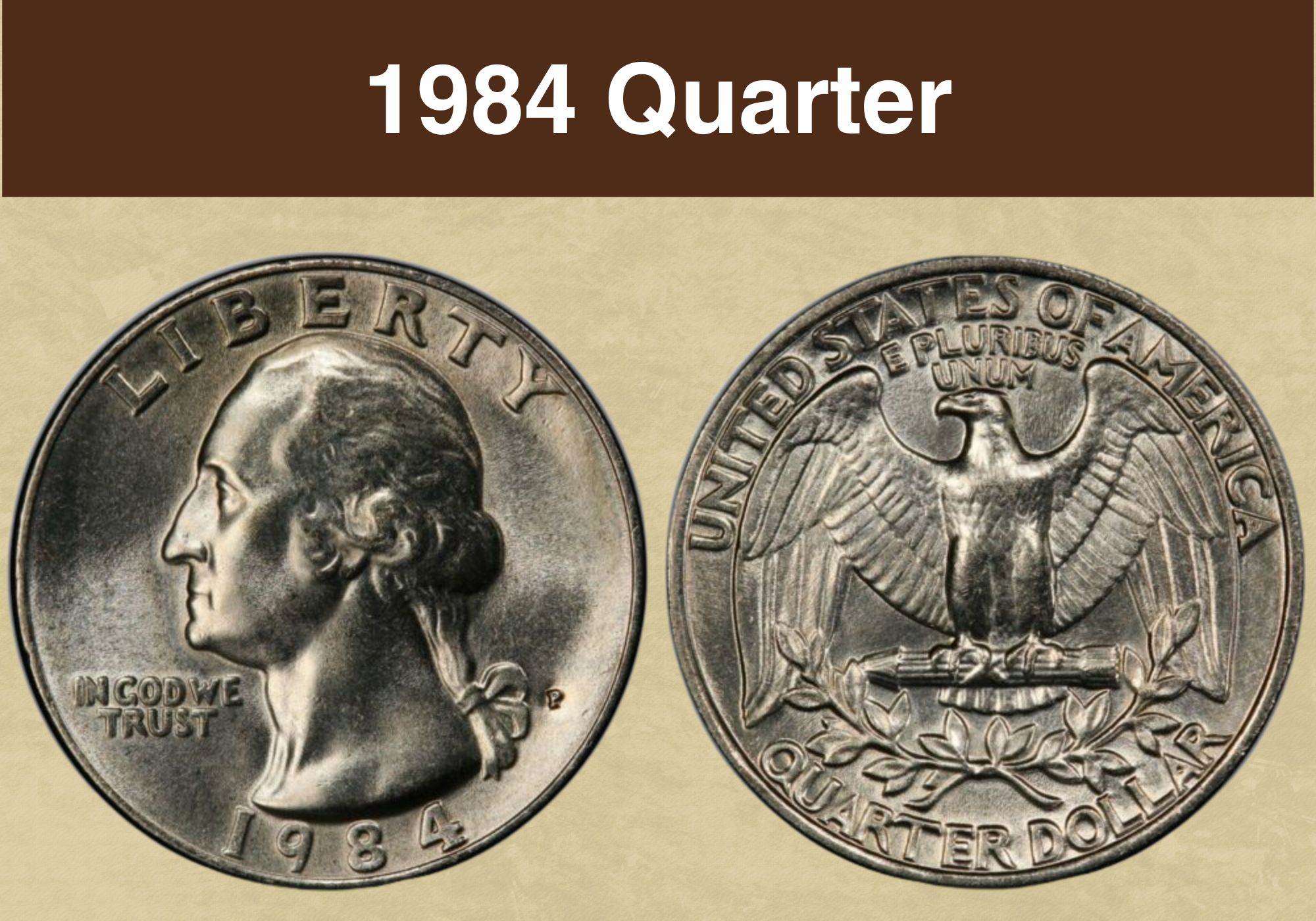
Coin Value Contents Table
Have you come across a 1984 Washington Quarter and wondered whether it is worth any money?
The Washington Quarter, today’s 25-cent piece, is popular among collectors mostly for its historical and sentimental value.
The value of your quarter will mostly depend on factors such as its condition, mint mark and rarity. Your coin might also be worth a lot if it has a notable error.
We wrote this simple guide to help you understand the 1984 quarter value. We’ll cover some of the coin’s history and, more importantly, explore how much you can expect from your Washington quarter, including grading tips.
So, let’s jump in!
1984 Quarter Value Chart |
||||
| Mint Mark | Good | Fine | Extremely Fine | Uncirculated |
| 1984-P Quarter Value | $0.30 | $0.30 | $0.30 | $550 |
| 984-D Quarter Value | $0.30 | $0.30 | $0.30 | $550 |
| 1984-S Proof Quarter Value | – | – | – | $90 |
History of the 1984 Quarter
Plans for a George Washington Quarter were underway by 1924 when Congress established a Bicentennial Committee.
The Committee organizing Washington’s bicentennial celebrations in 1932 recommended minting a Washington silver dollar to replace the Walking Liberty silver dollar for one year only. Instead, Congress recommended that the new Washington coin permanently replace the Standing Liberty Quarter.
The Bicentennial Committee and the Fine Arts Commission then held a contest to find a designer for the new coin. After reviewing hundreds of applications, the two bodies opted for Laura Gardin Fraser’s design.
However, the Treasury Department head Andrew Mellon turned down the Committee and Commission’s recommendations and organized an alternative contest instead. Mellon eventually chose John Flanagan’s design, and his decision was upheld.
Per the contest’s instructions, Flanagan designed a Washington quarter based on sculptor Jean-Anotoine Houdon’s bust depicting the country’s first president.
Production of the new Washington Quarter began in July 1932, and the coins were officially released into circulation by August 1st, 1932.
The new Washington Quarters comprised 90% silver until 1964 when the metal composition changed to copper and nickel with a copper core due to dwindling silver reserves and rising prices. As such, 1984 quarters are not silver but are made from a copper core with a cupronickel outer clad.
Also read: Top 13 Most Valuable State Quarters Worth Money
Features of the 1984 Quarter
In this section, we will look at the physical characteristics of a 1984 quarter. Knowing the features to look at will help you grade, identify errors and know how much your Washington quarter is worth.
The Obverse of the 1984 Quarter
On the obverse or top side of the 1984 quarter, you will find the left-facing portrait of George Washington. He smiles slightly and has his hair back in a low ponytail.
The word LIBERTY appears boldly at the top along the coin’s rim. The country’s heavenly motto, IN GOD WE TRUST, is imprinted on the left surface in front of Washington’s neck area.
The date, 1984, appears at the bottom around the coin’s rim. You will also notice a mint mark near Washington’s ponytail on the right.
The designer’s initials, JF, appear along Washington’s neckline, above the number four on the date.
The Reverse of the 1984 Quarter
The reverse of the 1984 quarter depicts a detailed design that makes this coin stand out. Here, you will find a left-facing bald eagle with wings spread out wide.
The majestic bird holds some arrows in its talons and is underscored by two olive branches tied together at the bottom.
The country’s name appears at the top along the coin’s inner rim, followed by the motto E PLURIBUS UNUM.
The coin’s denomination, QUARTER DOLLAR, appears at the bottom along the inner rim.
Other Features of the 1984 Quarter
The 1984 quarter, as all Washington quarters struck after 1964, contains a copper core covered in 75% copper and 25% nickel, also known as cupronickel cladding.
Copper Washington quarters are relatively light, weighing 5.67 grams and measuring 24.30 millimetres in diameter. The coins have a reeded edge.
As mentioned, you will find the mint mark on the obverse of the 1984 quarter, right next to Washington’s low ponytail.
1984 Quarter Grading
Because circulated 1984 Washington quarters are so common and only worth more or less their face value, collectors mostly focus on gem-quality uncirculated pieces.
The first feature you should look for when grading a 1984 quarter is brilliant luster throughout the coin on the obverse and reverse. A specimen in mint state should have minor to no signs of wear and tear, which you can confirm by placing your coin under a focused light source.
High spots to pay attention to are the top of Washington’s hair, the curls around his ear and the cheeks. These spots should retain luster in a mint 1984 quarter.
On the reverse, check the eagle’s feathers and breasts and the front of its legs, which should also have a brilliant luster. So should the top edges of the bird’s wings.
| # | Grade |
|---|---|
| 1 | Basal State-1 |
| 2 | Fair |
| 3 | Very Fair |
| 4, 5, 6 | Good |
| 7, 8, 10 | Very Good |
| 12, 15 | Fine |
| 20, 30 | Very Fine |
| 40 | Extremely Fine |
| 50 | About Uncirculated |
| 60 | Mint State |
| 65 | Mint State |
| 70 | Mint State |
Please check our grading guides to know your coin scale, It’s the necessary step to know the exact value of your coin.
Check out now: How to Grade Washington Quarter?
1984 Quarter Value Guides
So, how much is a 1984 quarter worth?
Unlike pre-1964 silver quarters, copper Washington quarters have little intrinsic value; silver is intrinsically more valuable than copper.
Some 1984 Washington quarters are worth more than their face value because they are scarce, in mint condition, or have a noteworthy error.
There are three varieties of the 1984 quarter. These include the following:
- 1984-P Quarter
- 1984-D Quarter
- 1984-S Proof Quarter
Let’s find out how much each is worth.
1984-P Quarter Value
The Philadelphia mint struck an estimated 676,545,000 Washington quarters in 1984, which is undoubtedly a large mintage. You can identify these coins by the mint mark P on the obverse.
Due to the large mintage, 1984-P quarters are very common, and you can still find them in circulation today. Most of the 600 million quarters were circulated, making mint state or uncirculated examples scarce.
In its circulated state, a 1984-P quarter is worth about $0.30 to $0.85. Mint state examples still don’t fetch much, with an MS65 bringing just $12.50. Gem-quality 1984-P quarters are rare, with surviving examples fetching up to $600.
One record-breaking example graded MS67 was auctioned for $1,293 in 2016 at a Heritage Auctions sale.
1984-D Quarter Value
With a mintage of about 546,483,064, the Denver mint struck plenty of Washington quarters in 1984. These coins are also common, and plenty of examples are circulating today.
Circulated examples of the 1984-D Washington quarter are worth more or less their face value, fetching about $0.30 to $0.85 apiece.
A mint, uncirculated 1984-D quarter is worth slightly more. An example graded MS63 will bring in $5, while one graded MS65 is worth about $25. This price can increase significantly for the extremely rare gem-quality examples graded MS67, with each piece bringing about $550.
The most expensive 1984-D quarter was sold in 2019 by Heritage Auctions. The coin was graded MS67 and bagged $780.
1984 Proof Quarter Value
Identifiable by their mint mark S and brilliant luster, only 3 million proof quarters were struck in 1984 at the San Francisco minting facility.
As proofs, these coins were struck for collectors and not for regular circulation. Still, the 1984-S proof coins are considered common, with many examples readily available in PF65.
Gem-quality specimens are scarce but accessible at affordable prices compared to other dates in the series.
An example graded PF61 is worth about $2.50, while a PF65 can fetch as much as $8.50. Gem-quality pieces graded PF70 will bring up to $90.
One 1984-S proof specimen grade MS67 considered the most expensive, was auctioned at a Heritage Auctions sale for $380.
Also read: Top 16 Most Valuable Modern Quarters Worth Money
Rare 1984 Quarter Errors List
Errors can increase the value of a coin, and this is the case with 1984 quarters. Due to the high mintage, the quarters struck at the Philadelphia facility demonstrate the most errors.
Here are a few 1984 quarter errors worth money:
1984-P Overstruck Date Quarter Error
Overstruck errors are quite popular because you can see them unaidedly.
This error, particularly grease overstruck errors, occurs when grease fills up the crevices in the obverse or reverse die. This produces a weak die with a smudged look in spots where the grease fills the crevices.
In the 1984-P grease overstruck error, the number 4 in the date has a smudged appearance due to grease filling parts of the obverse die, including the date.
Collectors will pay as much as $250 for a 1984 quarter with an overstruck grease error.
1984- P Missing Letter Quarter Error
A coin missing a letter or number is not always interesting and may not be worth much unless you prove it is a die error and not a result of wear.
The common mint-related reasons a coin might miss and letter or digit include a faint strike, the presence of a foreign object such as grease, a die chip, worn dies, manual polishing, or peeled lamination.
In the case of the 1984-P quarter, the letters IN, G, and WE in the motto IN GOD WE TRUST are missing. The remaining details on the coin are still visible, meaning the missing letters are an authentic die variety, not a result of wear.
Missing letter errors on $1984-P quarters can fetch between $300 and $500.
1984-P Off-Center Quarter Error
Off-center errors are common among Washington quarters, including those struck in 1984.
Off-center strikes occur when the planchet is incorrectly placed between the obverse and reverse dies. This causes the design to be struck away from the coin’s center, resulting in some missing details.
In some 1984-P quarters, the off-center error is visible on the obverse, where Washington’s portrait appears higher up the coin, pushing away the word LIBERTY. Such an error is worth between $200 and $245.
1984- D Spitting Eagle Quarter Error
The spitting eagle error is common among 1984-D quarters and is basically a die crack error.
As the name suggests, die crack errors occur when a crack appears on the obverse or reverse die. Metal chips can fill this crack, resulting in a raised line when the filled die strikes the planchet.
In the case of the spitting eagle error, the raised line appears near the eagle’s beak, making it look like the bird is spitting.
A 1984-D spitting eagle quarter error can bring as much as $50.
Also read: 17 Most Valuable Quarter Errors Worth Money
Where to Sell Your 1984 Quarter ?
Now that you know the value of your coins, do you know where to sell those coins online easily? Don’t worry, I’ve compiled a list of these sites, including their introduction, pros, and cons.
Check out now: Best Places To Sell Coins Online (Pros & Cons)
FAQ
Are 1984 quarters rare?
No. 1984 quarters are common, given that the Mint struck and released more than 1 billion of these coins into circulation. You can easily find 1984 quarters but most will be worn. Because they are graded as abundant on the rarity scale, 1984 quarters are typically worth more or less their face value.
How much should a 1984 quarter weigh?
Clad Washington quarters, including the ones struck in 1984, are relatively lightweight. These coins weigh about 5.67 grams. Silver Washington dollars are heavier, weighing about 6.30 grams due to the silver content.
Which is the most valuable 1984 quarter?
Generally, 1984 quarters are worth more or less their face value in circulated condition. But because these coins are so common, mint-state examples are also very affordable. That said, a 1984 quarter is valuable in gem-quality condition; we’re talking about a coin graded MS69 and above. As you might guess, such specimens are extxremely rare but are a good investment if you are lucky enough to get your hand on a piece.

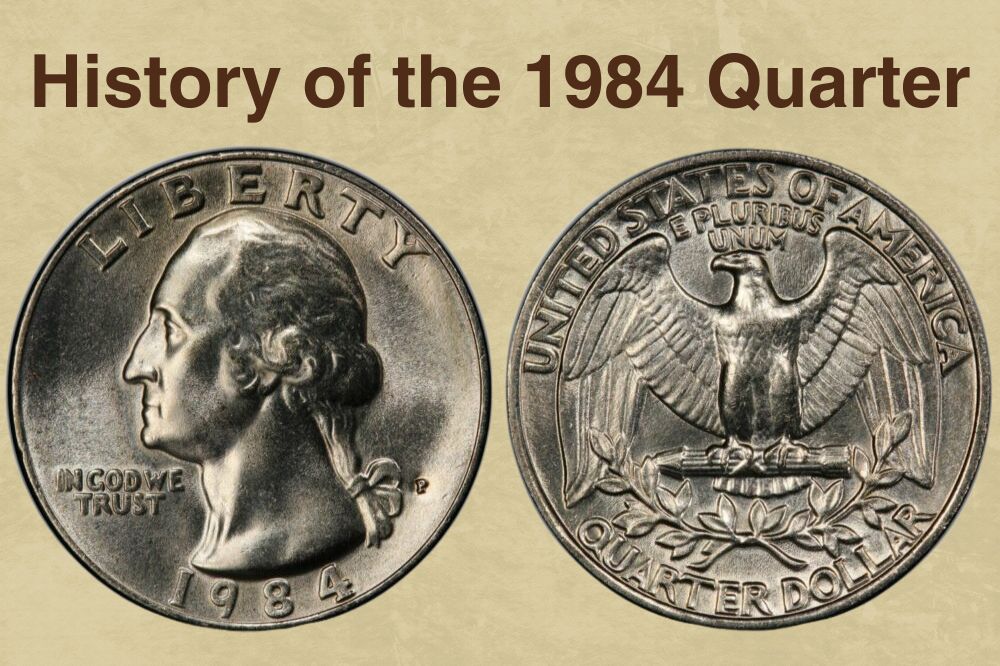
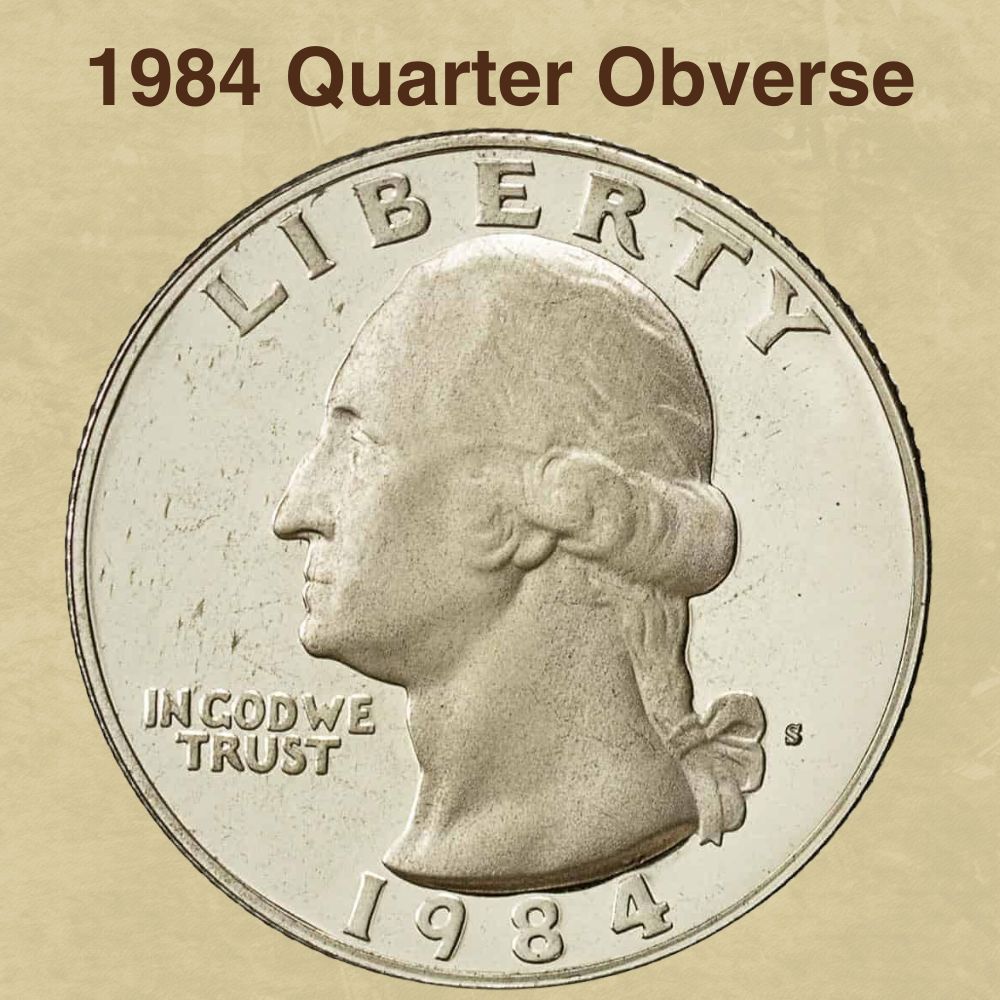
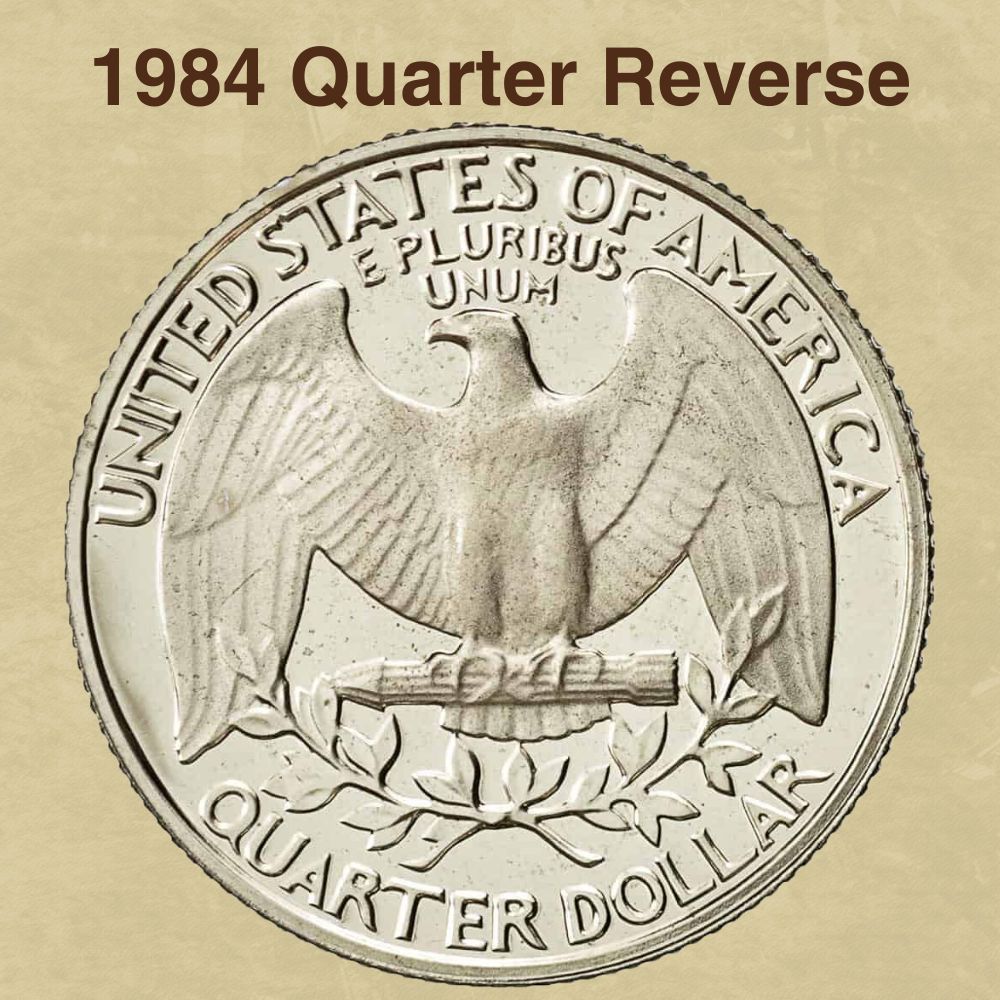
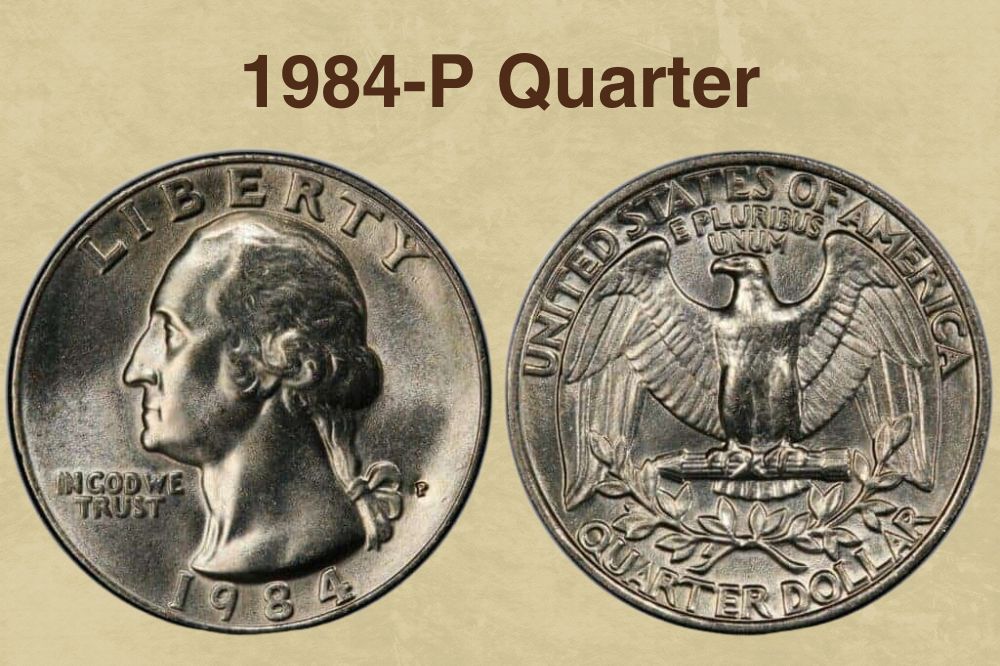
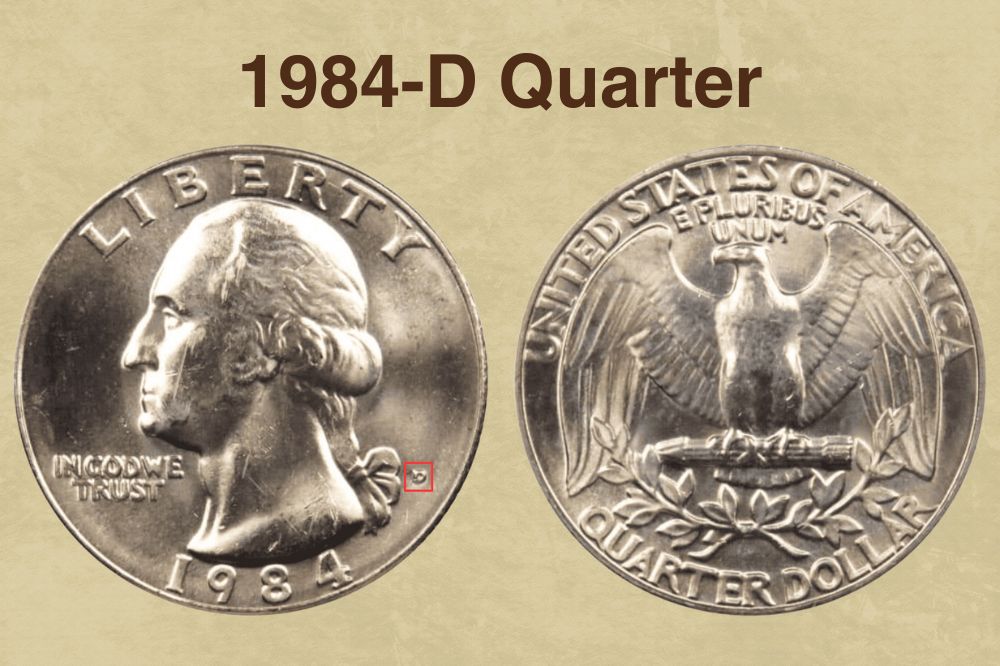
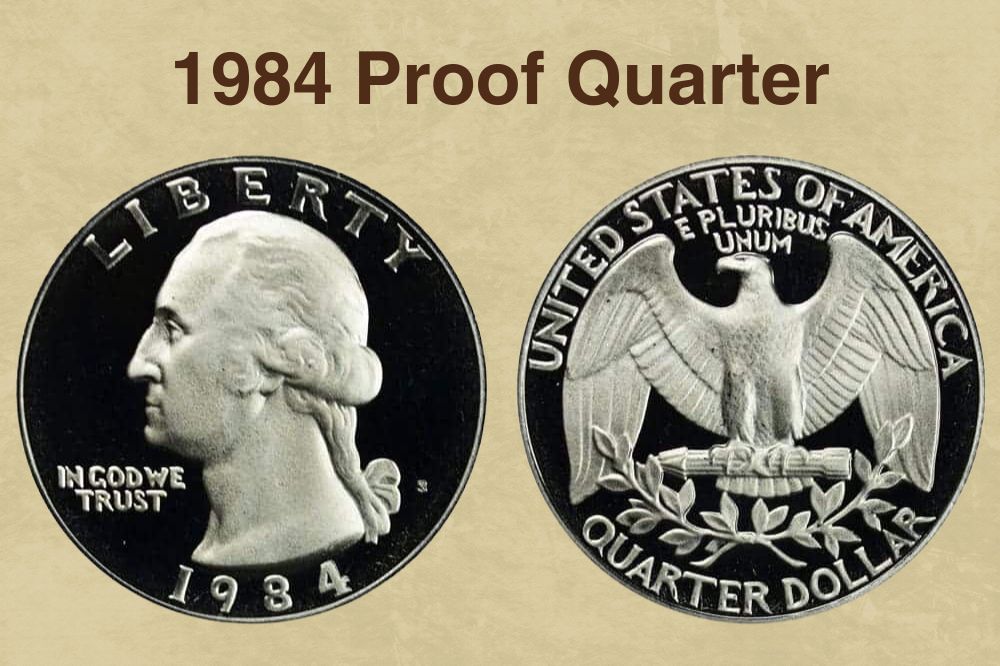
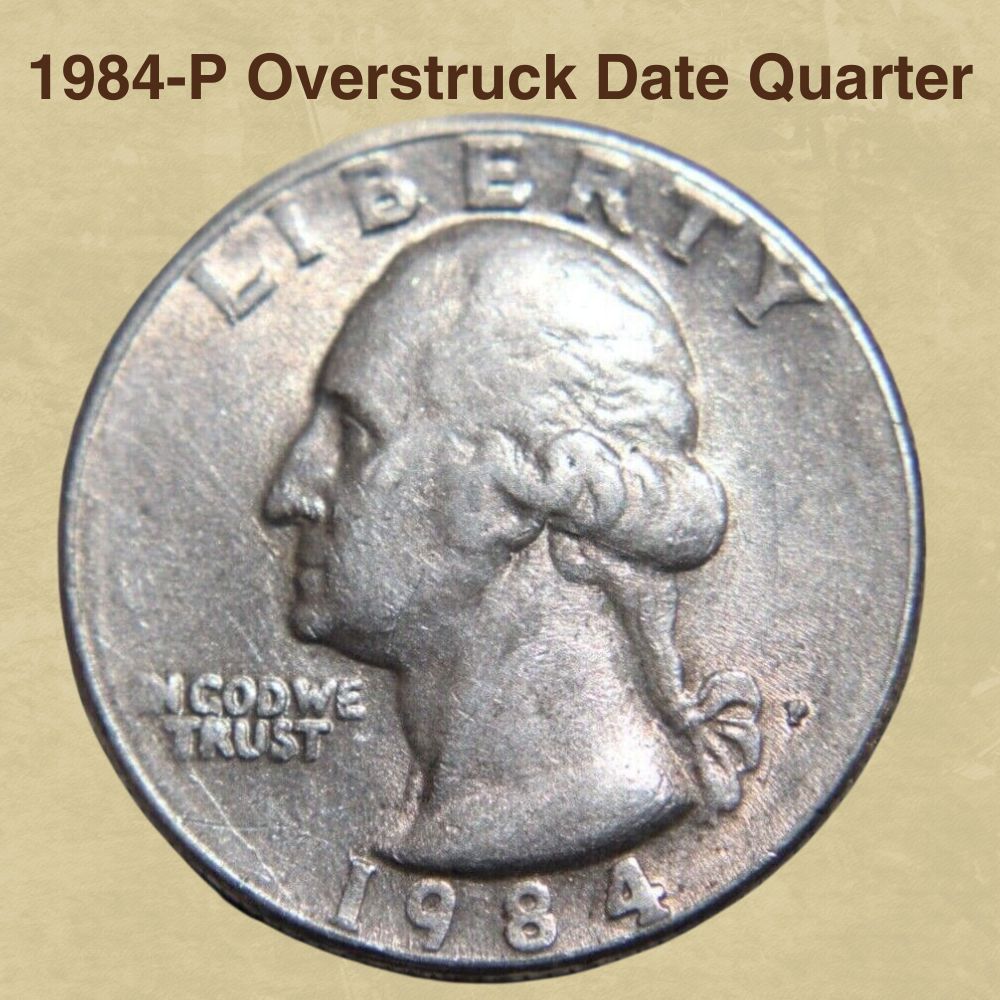
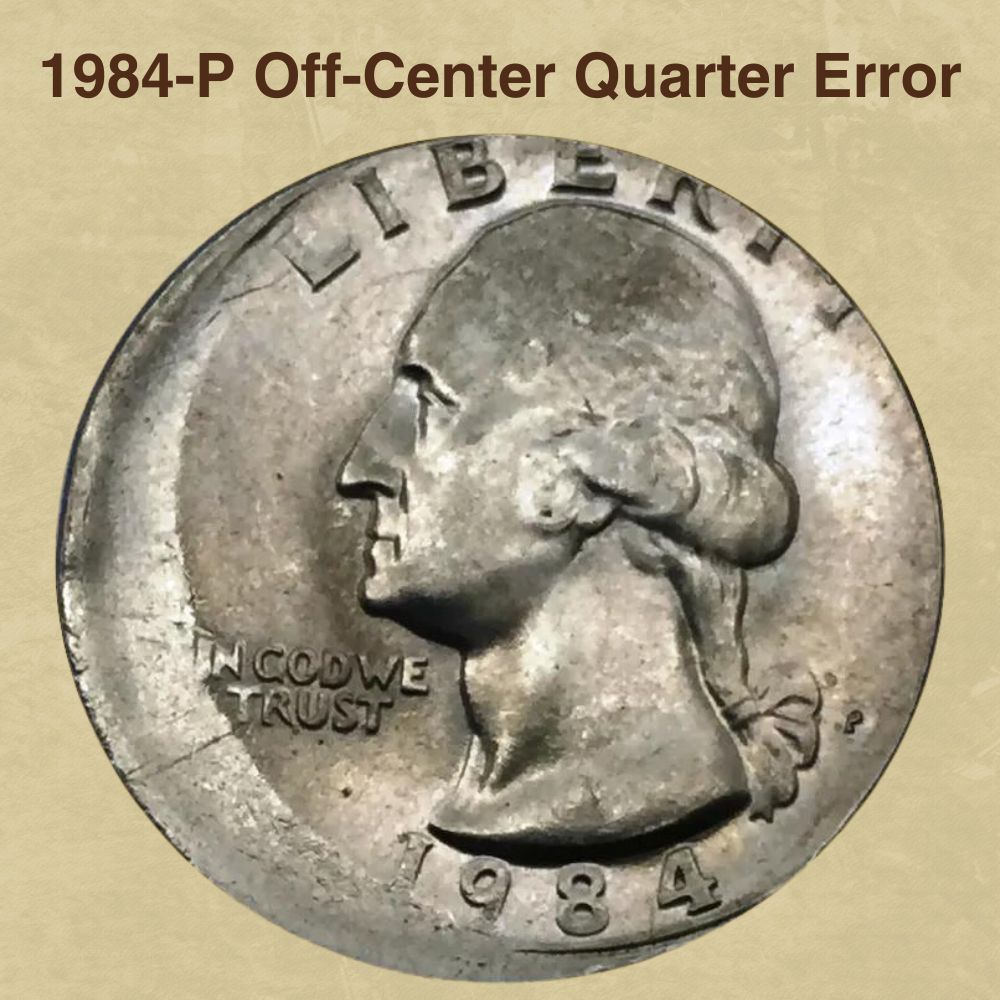
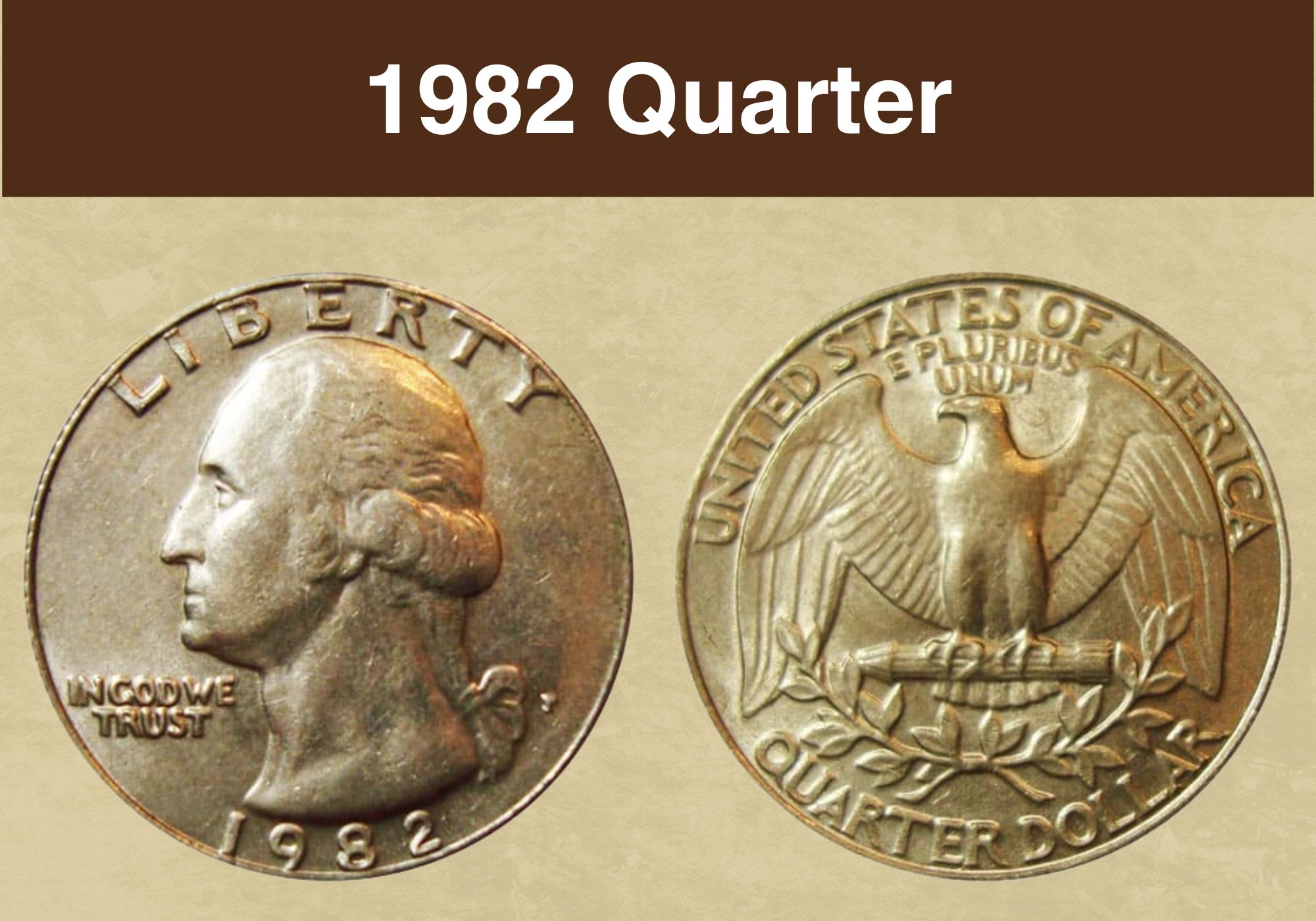
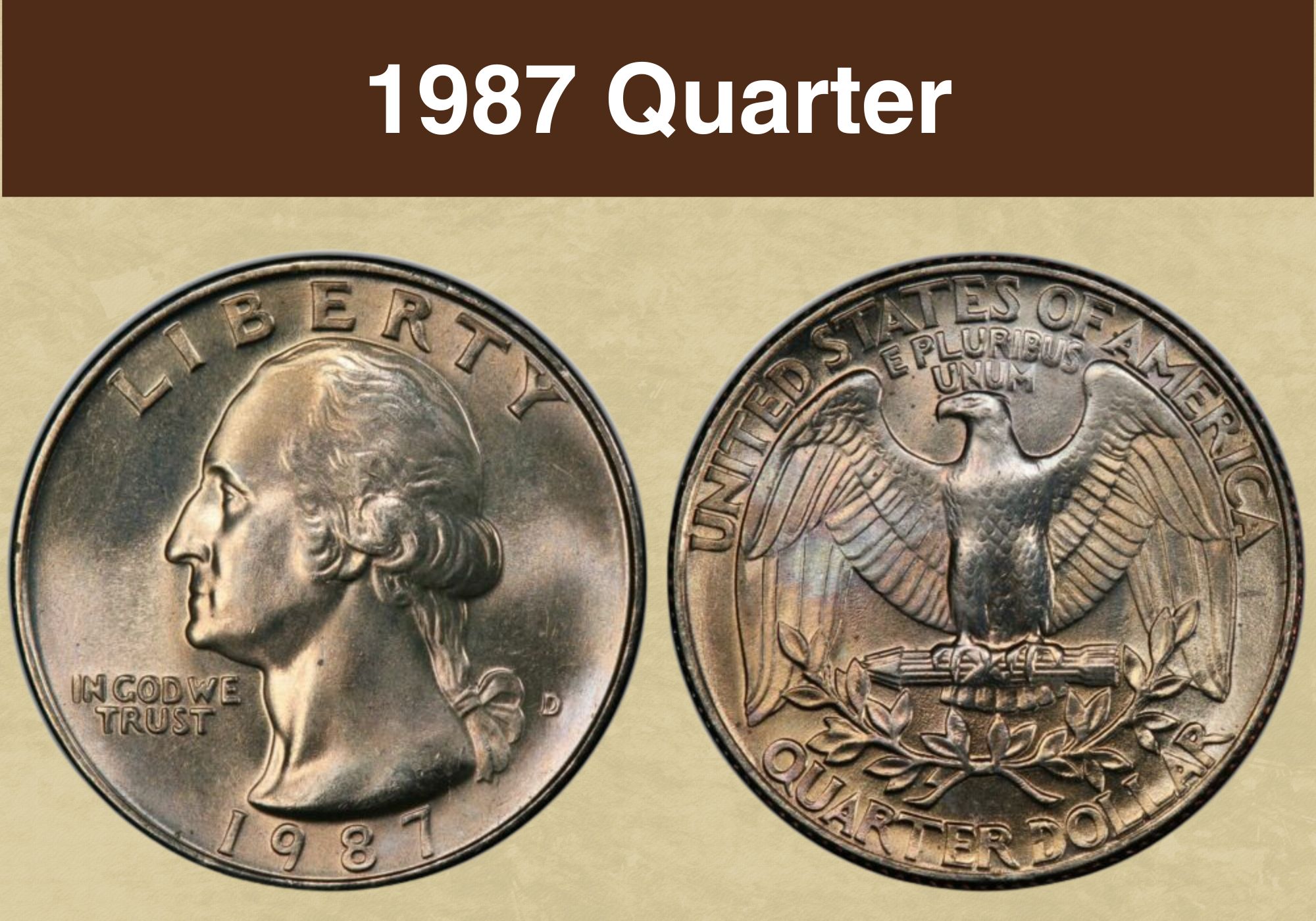
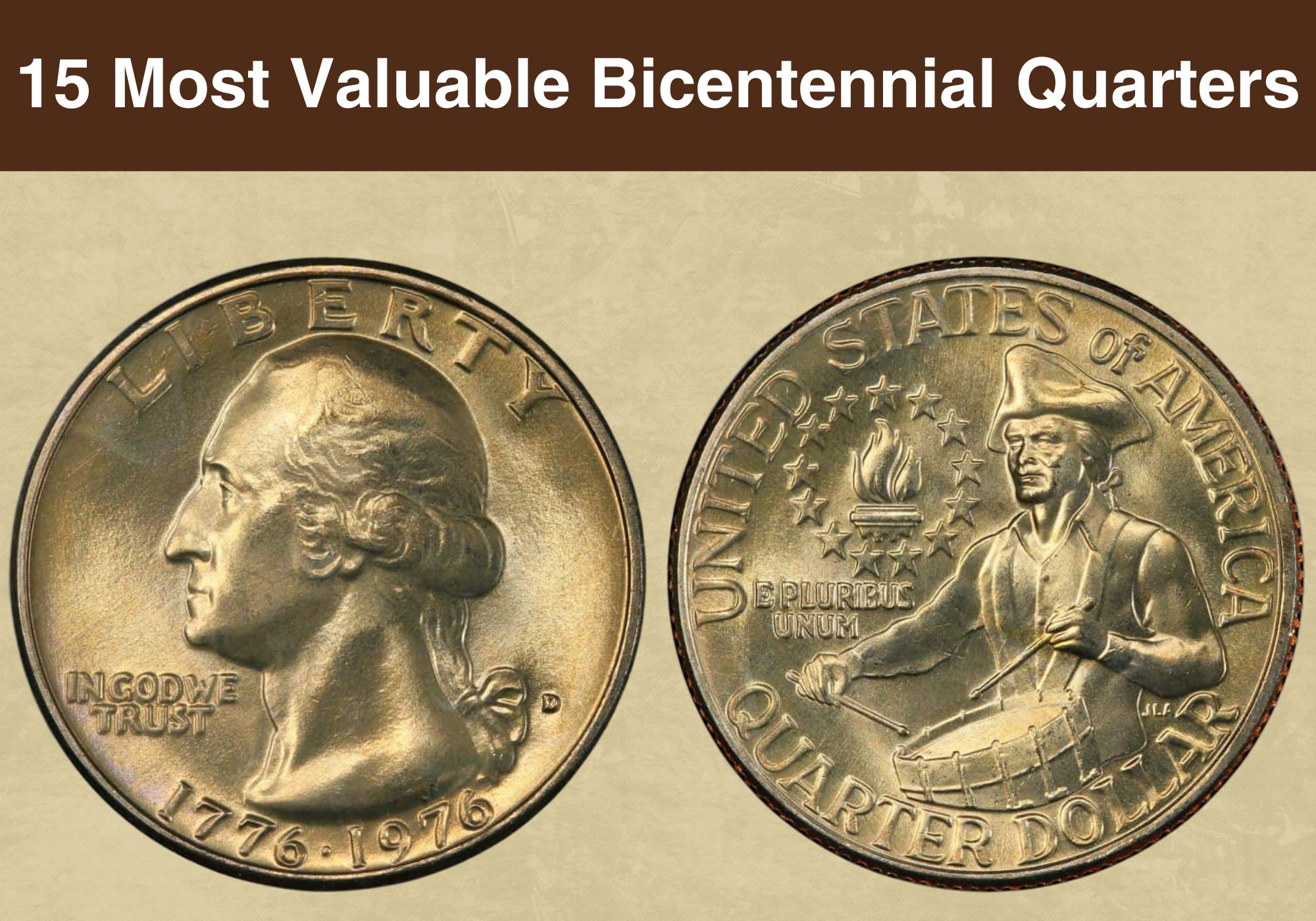
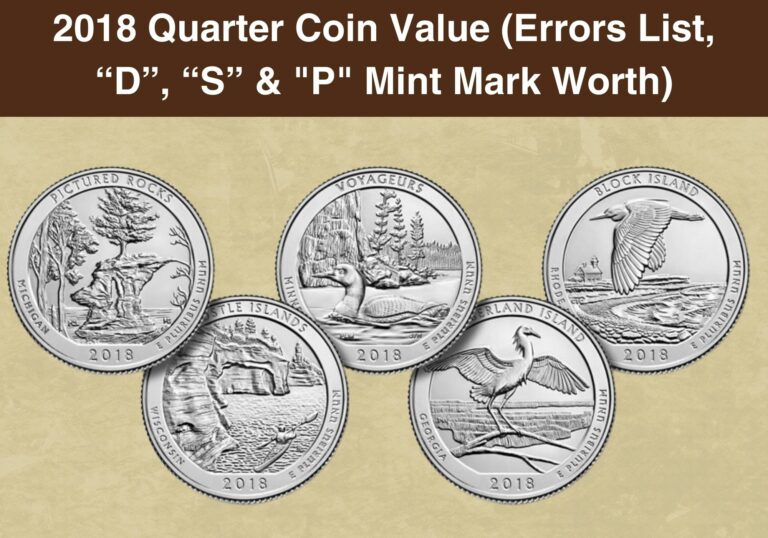
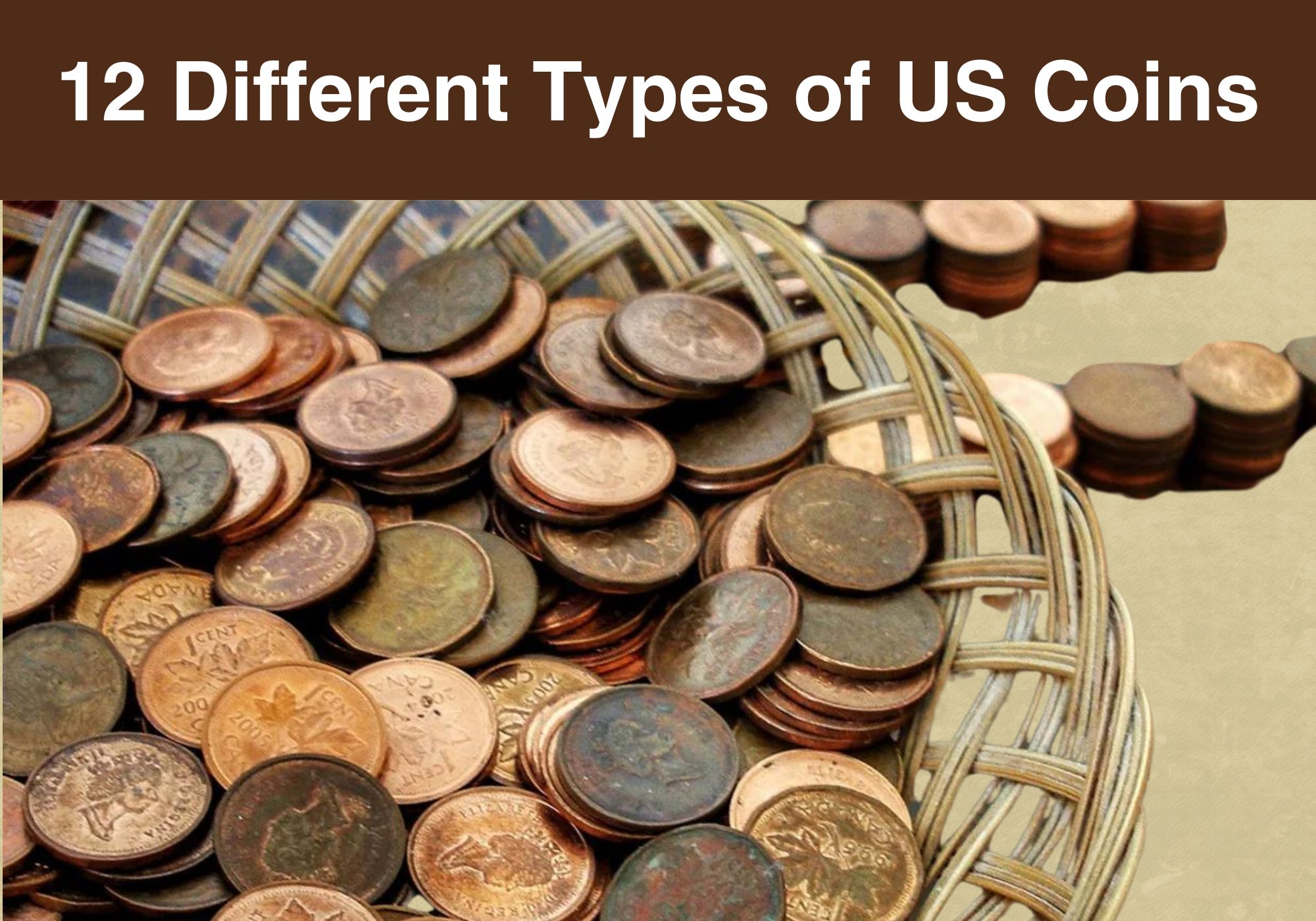
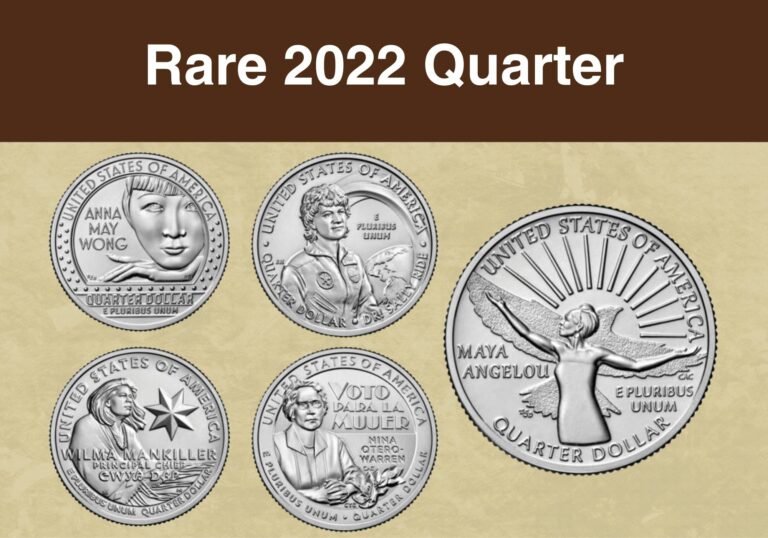
Good morning ! My name is Celestine Coleman. I have a 1984 quarter that came off the planchette with every error like chopped, or cut cut. I been doing my homework to find out if there was any more quarters similar to the one I have. I know it’s the rare of all.. I would love you to take a look at it. It was all made at the mint company. My phone number 225- 421-6739 everything is wrong with this quarter I guarantee you.